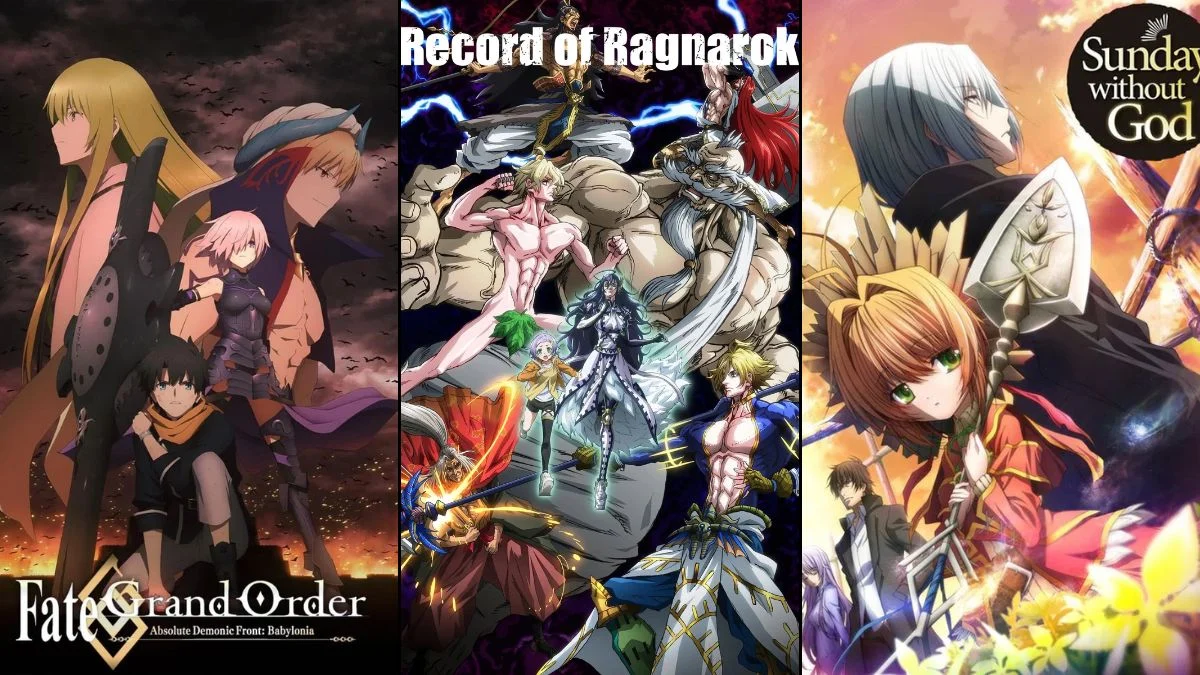
Anime often features gods and divine beings, ranging from lighthearted spirits to powerful figures who control destiny. These stories draw inspiration from myths, religions, and fantasy, examining themes like eternal life, responsibility, and the complex relationship between gods and humans. As a result, you’ll find divine elements in all sorts of anime, from funny school comedies to grand adventure stories and more serious, thoughtful dramas.
This collection features TV series and movies where gods play a major role – whether in the story’s central idea, the main conflict, or the creation of the world itself. You’ll discover shows drawing inspiration from Japanese Shinto and Buddhist traditions, stories based on Greek and Norse mythology, and original adventures with entirely new sets of gods. For each title, we’ve included a summary of the plot, where the story comes from, and information to help you find and watch it.
‘Noragami’ (2014–2015)
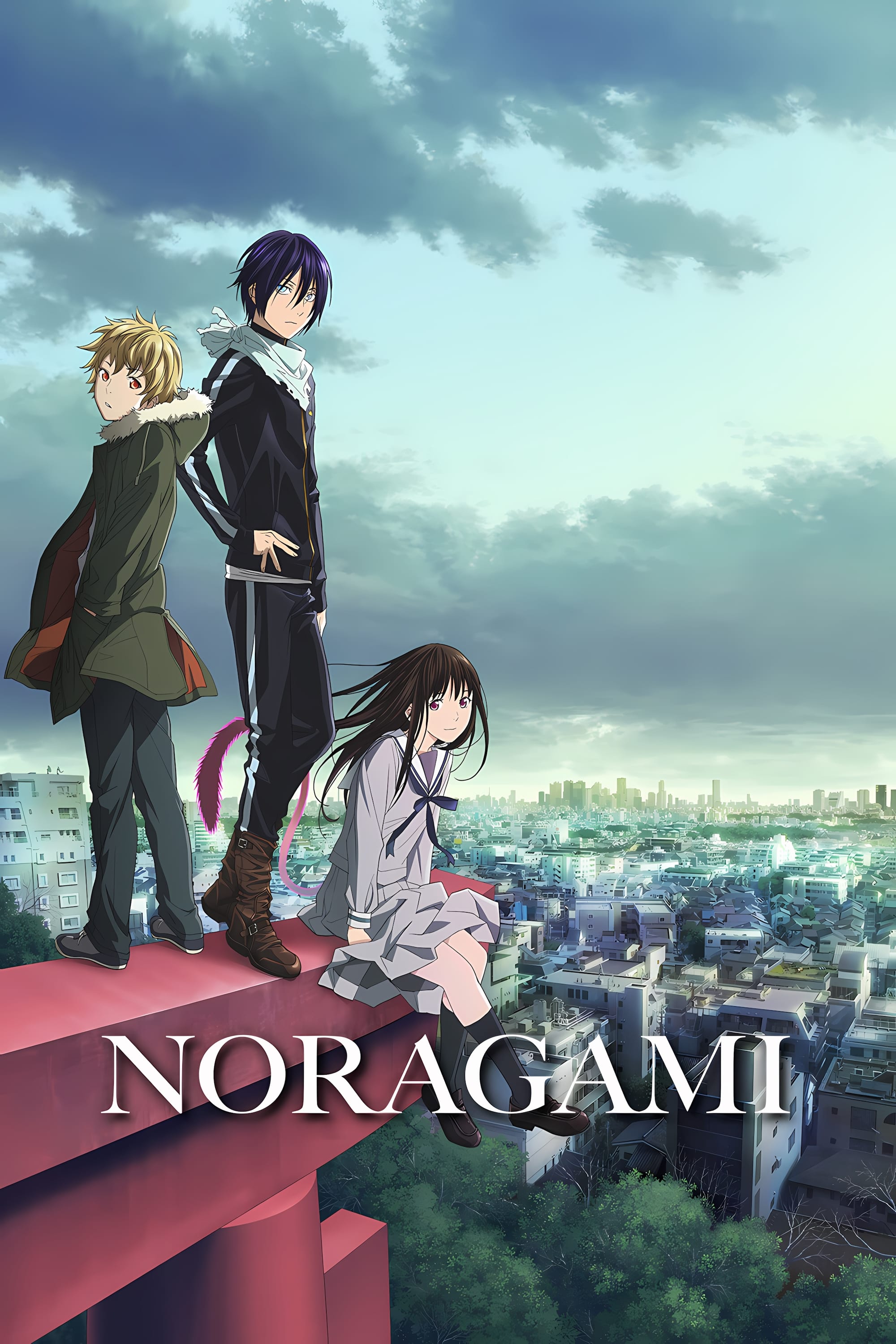
The show centers around a low-ranking Shinto god who works various jobs to gain followers and stay relevant. It explores a world where spirits can become weapons, names create connections between spirits and gods, and deities protect specific areas to survive today. The story also reveals the divide between the human world and a spirit realm, and explains that a god’s strength is tied to how much people believe in them.
Bones studio adapted Adachitoka’s manga into an anime spanning two seasons, focusing on the initial storylines. The series explains how problems arise when the connection between gods and their sacred tools weakens, how to purify areas during spirit attacks, and what happens to gods who are forgotten. It also explores the different types of gods – those of war, luck, and disaster – and their place in modern Japan.
‘Kamisama Kiss’ (2012–2016)
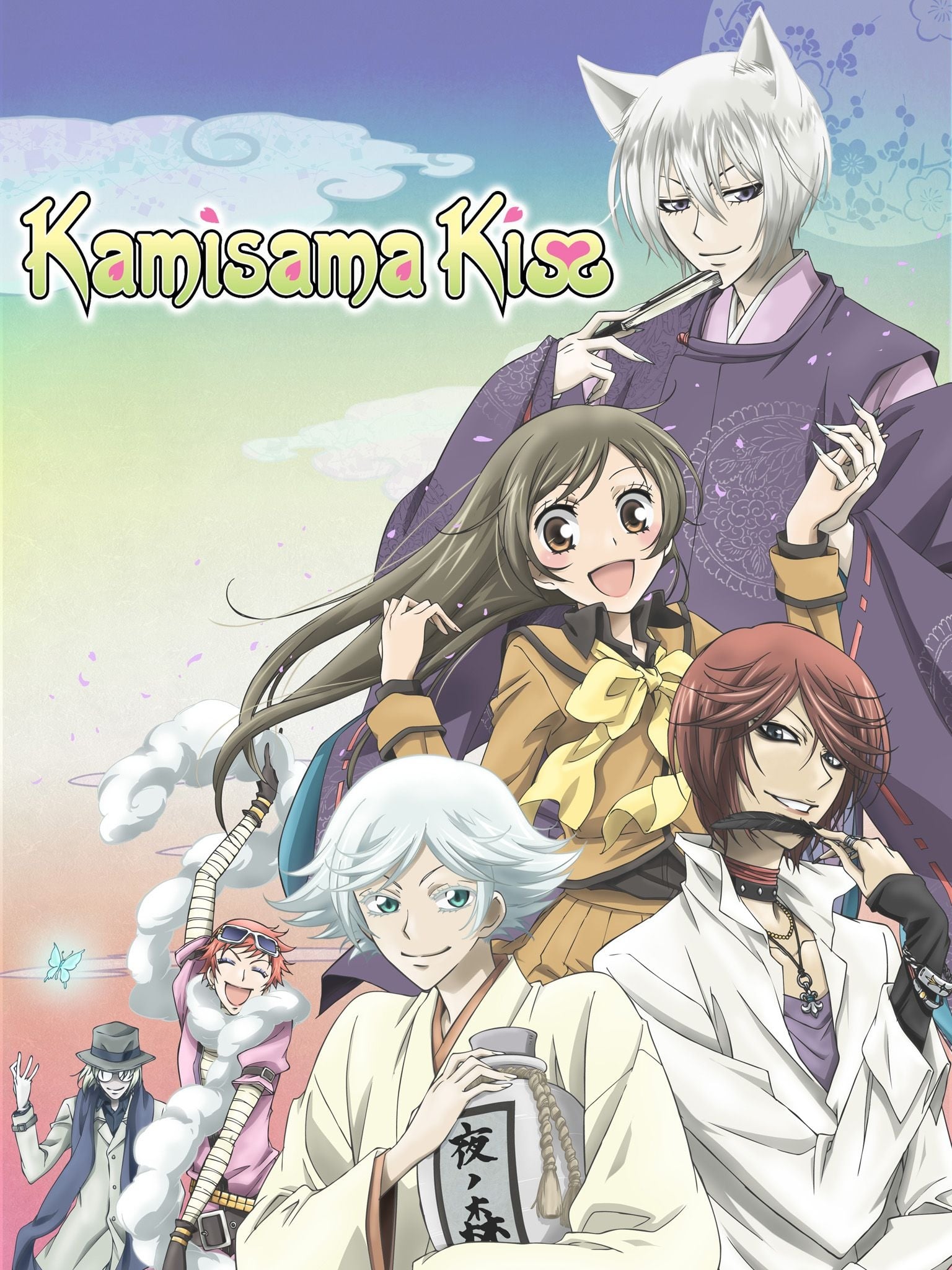
When a teenage girl unexpectedly becomes a local god, she finds herself in charge of a shrine and all its spirit helpers. The story shows how these gods protect the world, offer good luck, and make agreements with both supernatural creatures and people. It delves into the magical tools and rituals a new god uses to cleanse areas and communicate with the spirits of nature, like those found in the mountains and oceans.
This anime is based on Julietta Suzuki’s manga and animated by TMS Entertainment. It explores the world’s rules – how magical powers work, how spirits are connected to people through special bonds created by kisses, and how celebrations strengthen a god’s influence. The story also details the relationships between different supernatural creatures like tengu and kitsune, and how a god’s power grows as more people believe in them.
‘Ah! My Goddess’ (2005–2007)

A college student accidentally contacts a service for goddesses and ends up with a divine being bound to grant him wishes. The story explores a surprisingly organized heaven, complete with paperwork, glitches, and specific rules for fulfilling wishes. It reveals a hierarchy among goddesses based on their credentials, explains how angels provide the energy for magic, and details the strict guidelines that limit how much goddesses can intervene in human affairs.
The TV series, based on Kosuke Fujishima’s manga, explores a complex system in heaven called Yggdrasil, which records everything that happens and keeps track of people’s good and bad deeds. The show explains how deals are made with heaven, how temporary miracles work, and what happens when magic is used without permission. It also features demons who take advantage of weaknesses in the system and try to control people’s lives.
‘Hozuki’s Coolheadedness’ (2014–2018)
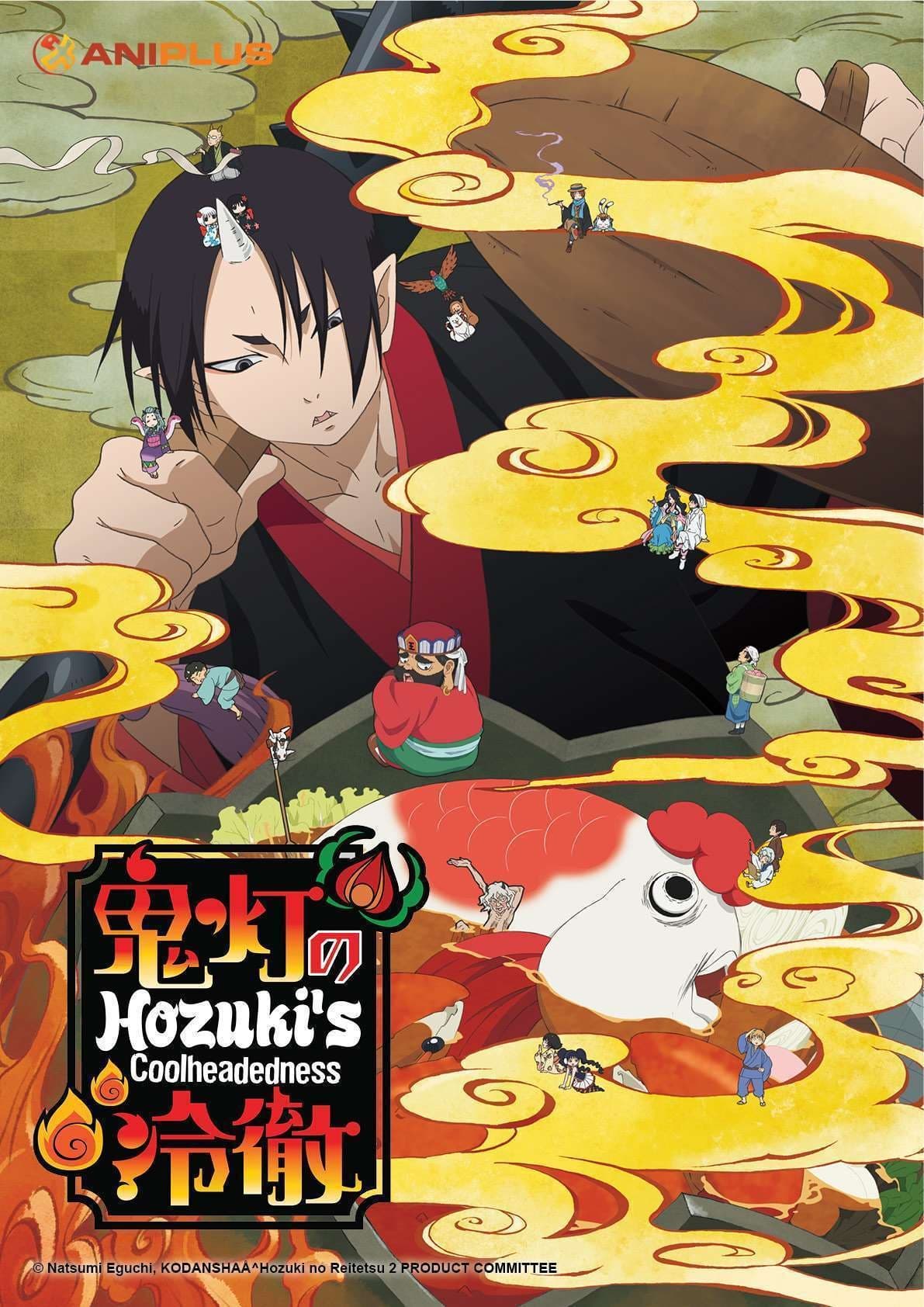
This funny show takes place in a Japanese version of hell, run by a calm and serious assistant to the king of the underworld. It shows all the different areas of hell – like the Mountain of Needles and the River of Three Crossings – and explains how new souls are processed, their cases are handled, and what punishments they receive for their sins. The show also features special events throughout the year and how hell works with the heavenly bureaucracy.
Based on Natsumi Eguchi’s manga and animated by Wit Studio and Studio Deen, this anime draws on myths and legends from across China and Europe, including Buddhist beliefs about the afterlife. It playfully explores what it would be like if supernatural beings – like ogres, river spirits, and animal yokai – had jobs, and how they’d manage the practical side of the afterlife with all the necessary paperwork. The series also features cameos from Shinto gods and other legendary figures, showing how different belief systems might work together.
‘The Idaten Deities Know Only Peace’ (2021)
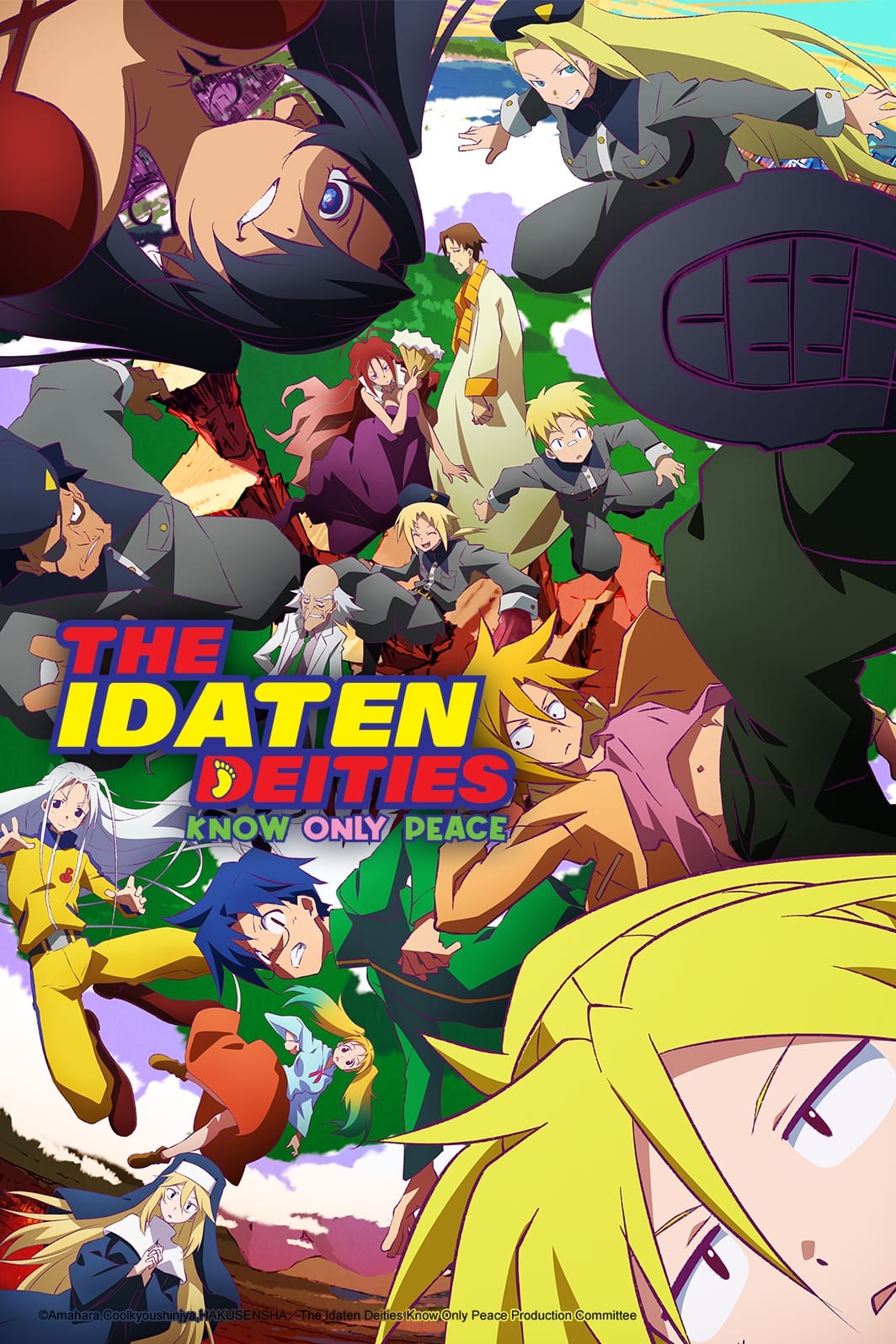
This story reimagines gods created by human belief, who previously triumphed over demons and enjoyed a long era of peace. It explores how these gods train their bodies, the interplay between innate abilities and learned techniques, and the challenges they face when battling enemies that constantly change. The world-building details how imprisoned demons evolve after being freed and how gods maintain their power even without followers to worship them.
The MAPPA-produced series is based on the manga by Amahara and Cool-kyou Shinja. It explores a world where gods live among humans, focusing on the hidden research into their powers and the laws of combat against those who rise up against them. The show blends ancient mythology with modern-day organizations like the military and scientific communities as they grapple with these supernatural events.
‘Saint Seiya’ (1986–1989)
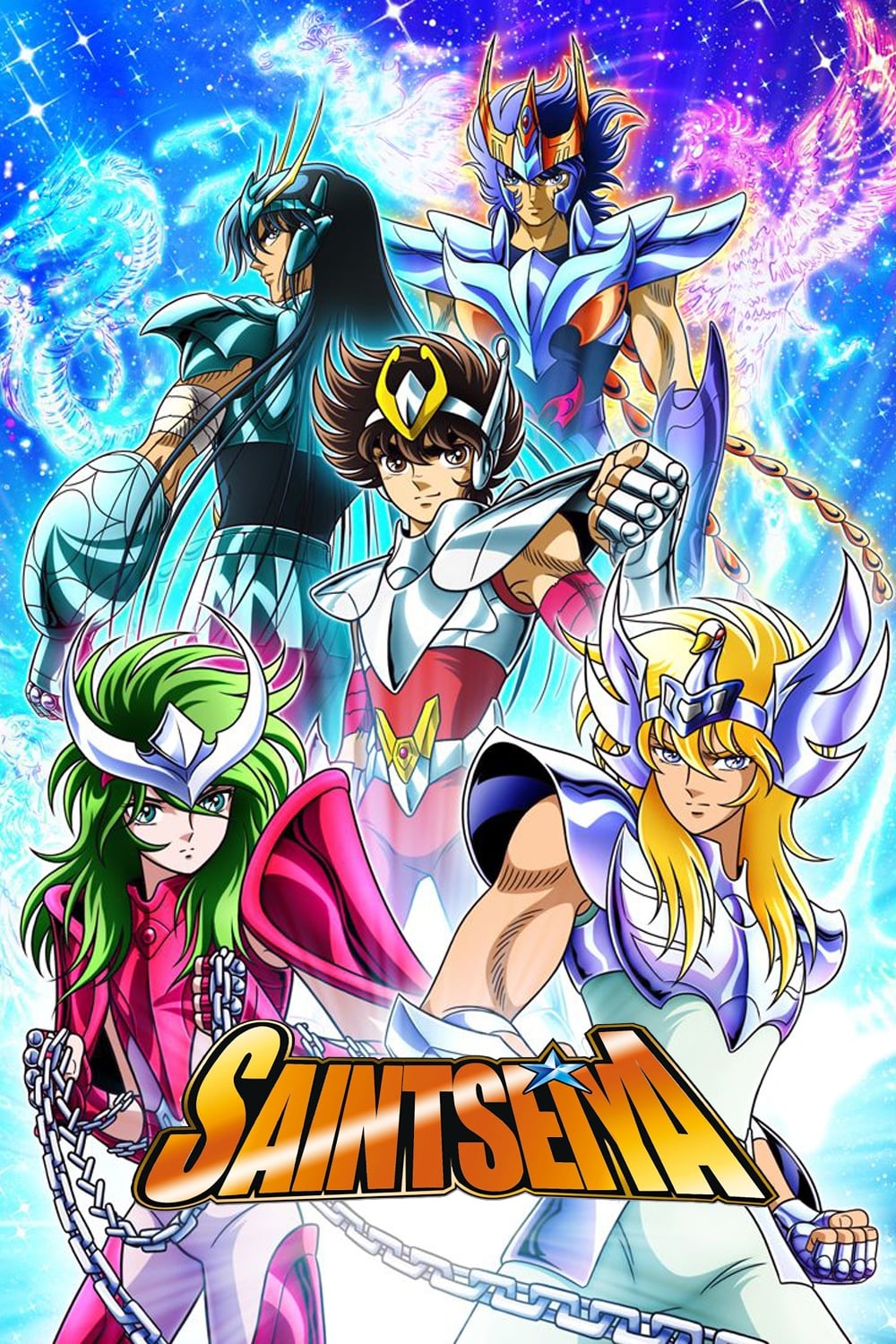
The Saints are young warriors who fight in cloth armor powered by the energy of the stars and are loyal to the goddess Athena. The story explores their different levels of strength – Bronze, Silver, and Gold Saints – and the difficult challenges they face within a sacred fortress. Recurring themes involve Athena’s rebirth and conflicts with other gods from Greek mythology, often centering on who will inherit divine power and the resulting holy wars.
As a huge fan of the series, I always appreciated how Toei Animation really brought Masami Kurumada’s manga to life. They nailed the foundations of the story – things like the Twelve Houses and the importance of the Pope. The show dives into this fascinating world where they’re constantly maintaining sacred items and repairing these incredible suits of armor, called Cloths, using a really unique method involving special blood. It’s all about protecting Athena’s Sanctuary and following a very strict code. And as the story goes on, it gets even bigger with the introduction of gods like Poseidon and Hades, and a whole system explaining how these divine beings can come back to life. It’s a really well-built universe!
‘Saint Seiya: The Lost Canvas’ (2009–2011)
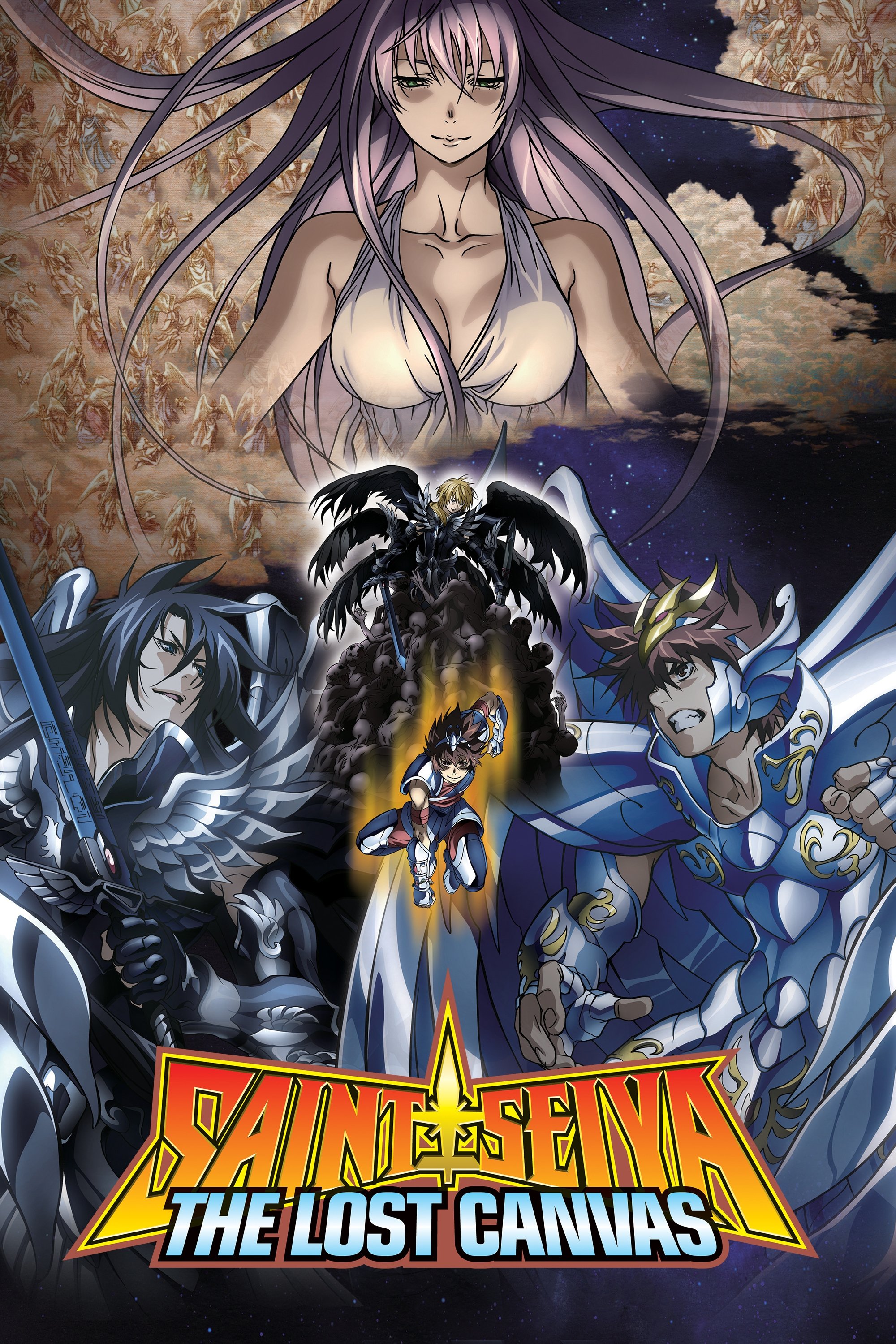
I’m so excited about this series! It’s set during a past Holy War, and it’s all about these incredible Saints fighting against Hades and his powerful Specters. What really grabbed me is how it explains everything – like how the gods are reborn, how the Saints’ armor gets passed down through families, and even why the gods are held back when things are peaceful. Plus, it shows exactly how the temples and their protectors work together when war breaks out. It’s a really detailed and fascinating world!
TMS Entertainment created an animated series based on Shiori Teshirogi’s manga, telling the story of Athena’s army in the 1700s. It explains the different levels within the Specter organization, details the powerful Surplice armor, and how humans become connected to the gods. The series also reveals the origins of the sacred artifacts used to imprison gods, and how those gods might break free.
‘Fate/Grand Order Absolute Demonic Front: Babylonia’ (2019–2020)
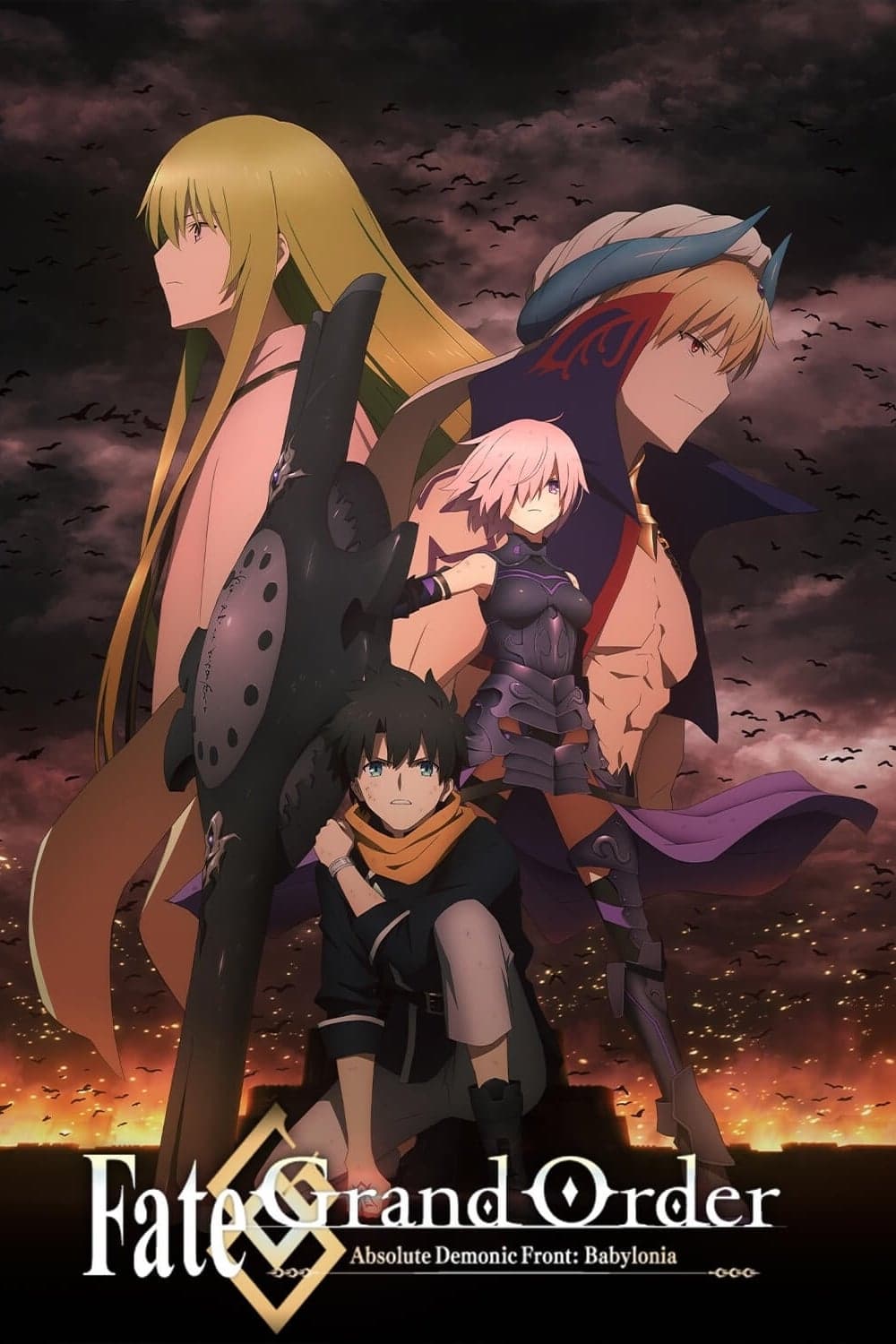
This story sends the Chaldea team back to ancient Mesopotamia, where they meet the gods who were important to the city of Uruk. It explores disruptions in history called singularities and clarifies the differences between gods and heroes. The narrative also details how gods can possess people, their power over areas like harvests and battles, and why they generally don’t rule humans directly.
I’ve been really fascinated watching how CloverWorks brought this story to life! They really dove deep into the world’s rules – especially how summoning works and the agreements between those who summon and the spirits they call on. The show does a great job of explaining everything, from the temples and priests who talk to the gods, to how gods can split themselves into different forms. It’s cool to see how the human king tries to make deals with the gods when everything’s on the line, and it also explains where all the demonic creatures fit into the whole cosmic order of things.
‘Record of Ragnarok’ (2021– )
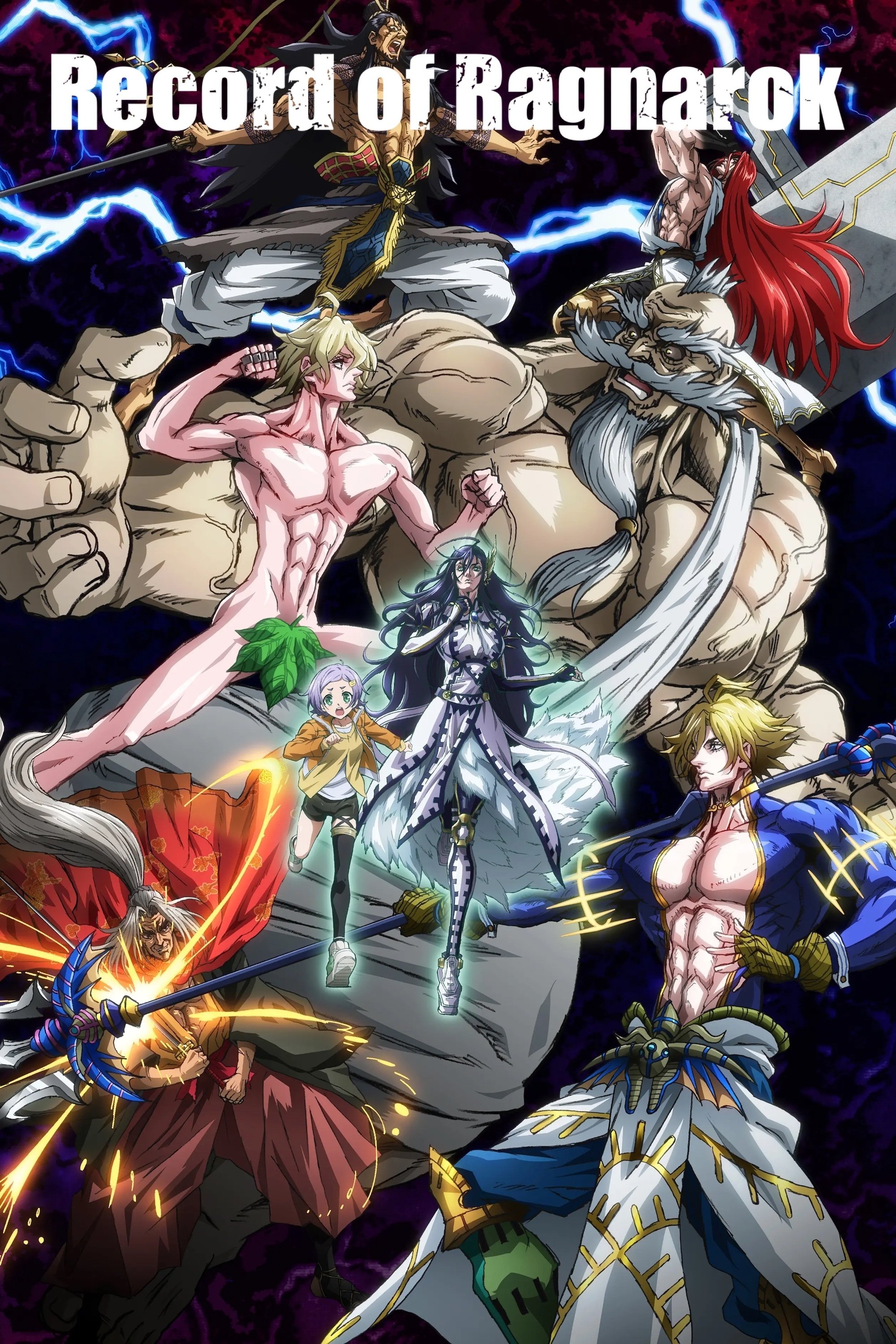
This tournament brings together gods from different mythologies to decide the future of humanity. It establishes the rules for the battles, which are held in a place called Valhalla, and explains how human fighters are equipped with powerful weapons granted through a connection with Valkyries. The competition’s structure covers how matches are chosen, potential favoritism from the gods, and rules to ensure fair fights.
As a huge animation fan, I was really excited about Graphinica’s adaptation of the manga by Umemura, Fukui, and Ajichika. What’s cool about this anime is how it dives into mythology – you get gods and goddesses from Norse, Greek, Hindu, and other traditions. But it’s not just about the deities; it also explores the history behind the weapons and the fighters who wield them. I especially loved learning how the Valkyries actually *become* the weapons themselves, perfectly suited to each champion, and the danger that comes when one of those weapons gets damaged in battle.
‘The God of High School’ (2020)
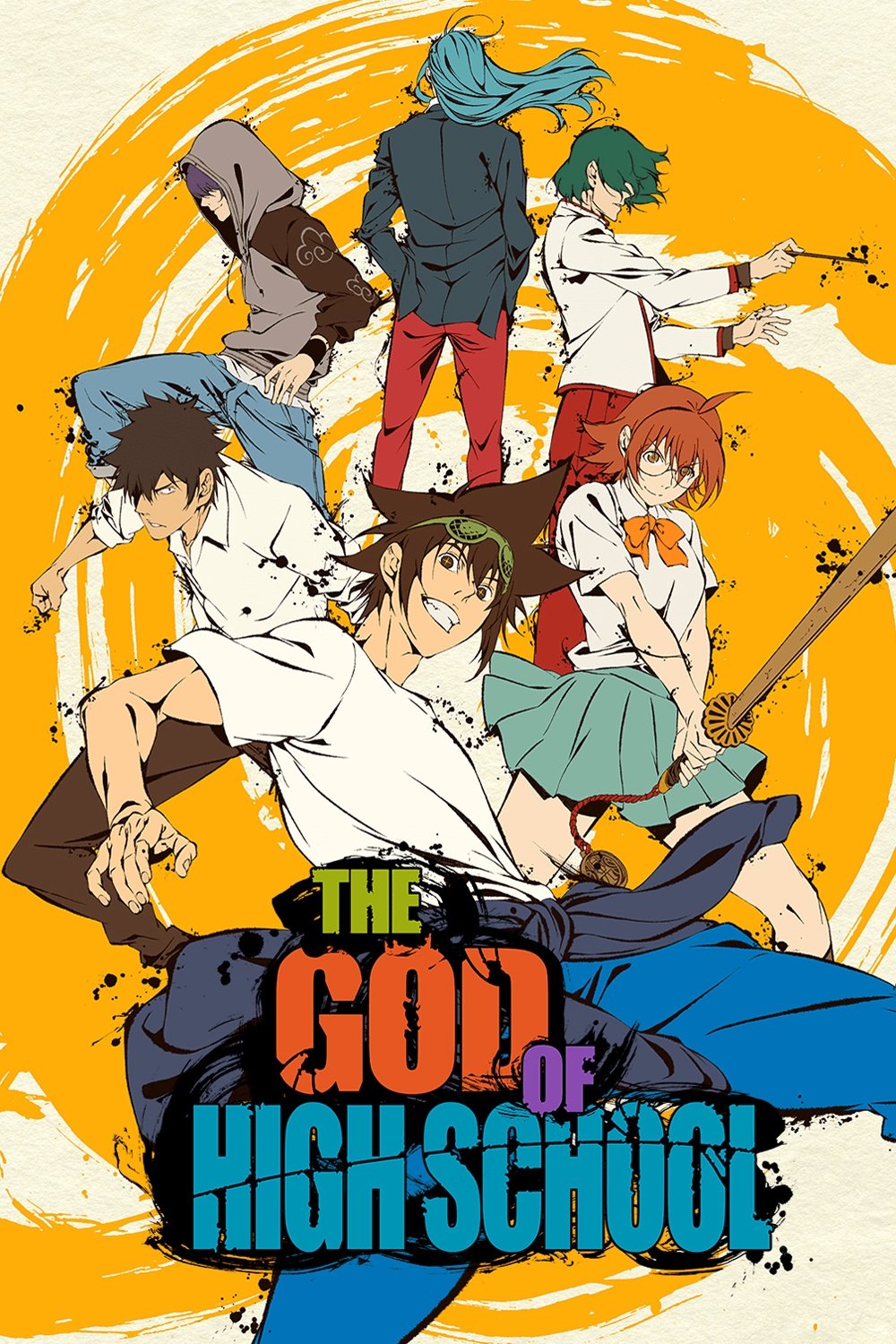
A national competition brings students together, but a hidden world of gods and borrowed powers is at play. The series introduces ‘Charyeok,’ a system where fighters gain abilities by making deals with gods and legendary creatures. It details how these pacts work, the energy needed to use a deity’s power, and the dangers of a power becoming too strong for a human to handle.
Inspired by Yongje Park’s original concept, the anime by MAPPA details the structure of a tournament, how participants are chosen, and the hidden organization searching for items connected to gods. It shows how different groups – including those focused on ancient relics, religious cults, and government agencies – respond when gods directly influence events, and how magical seals and powerful artifacts are used to control access to this divine power in today’s world.
‘Mythical Detective Loki Ragnarok’ (2003)
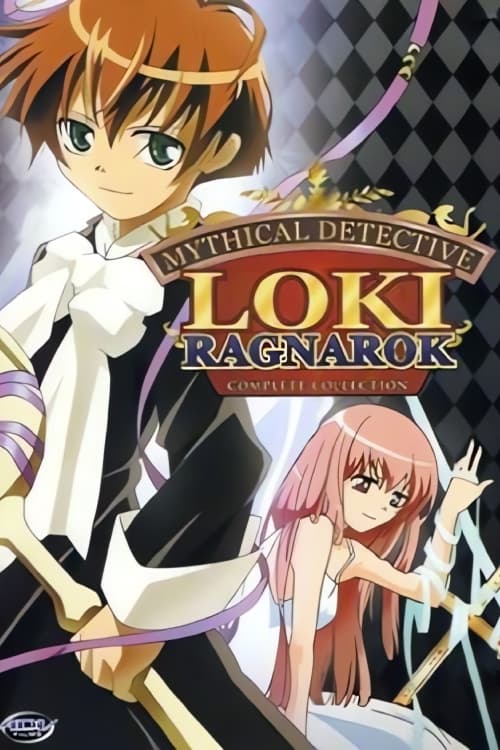
In this series, the Norse god Loki finds himself in the human world, where he runs a detective agency. He collects the negative energy produced by people’s emotions. The show explores the mysteries of how gods can be trapped in child-like bodies, how magical items from Asgard work on Earth, and the process of removing harmful energies. The Bifrost serves as a means of travel, and other gods try to force Loki to return to his realm.
Studio Deen brought Sakura Kinoshita and Tooko Fujita’s manga to life as an animated series. The show features magical items – from ancient weapons to everyday objects with hidden power – and explores the stories of gods like Heimdall and Freyr, and how they affect people’s lives. It also explains how gods regain their power and what causes them to fall from grace.
‘Fushigi Yugi: The Mysterious Play’ (1995–1996)
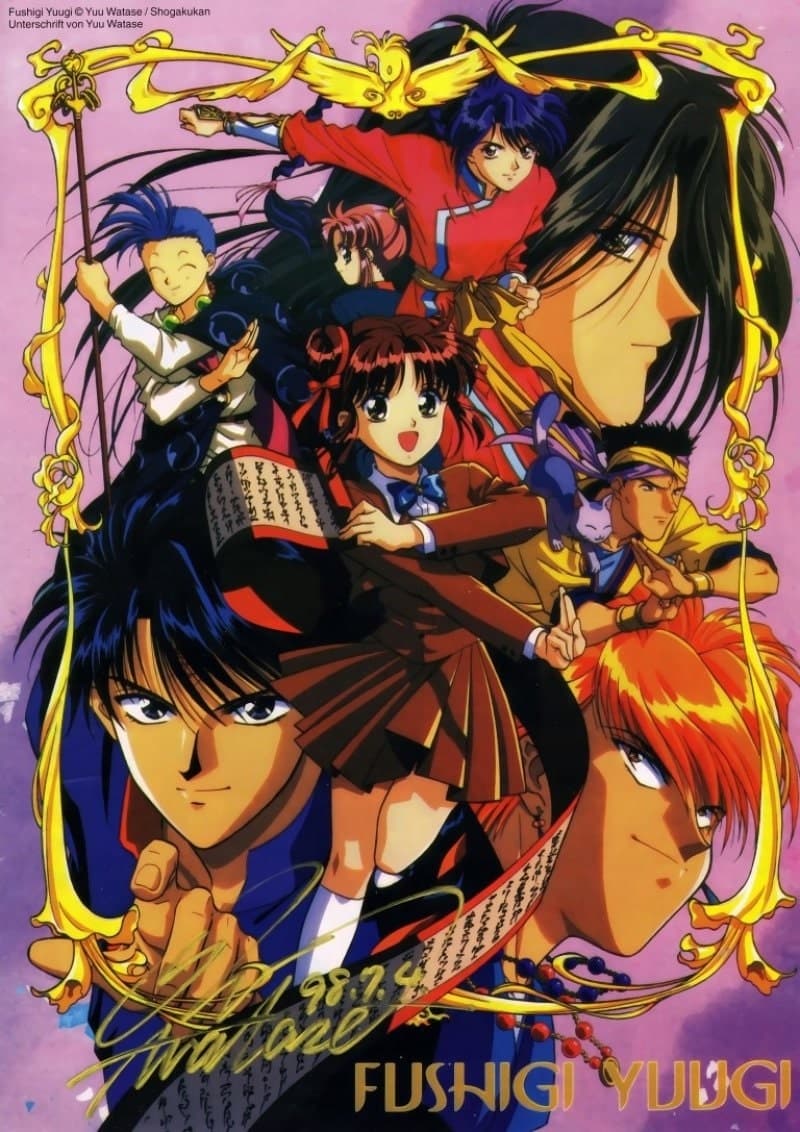
A captivating book pulls two students into a world governed by powerful gods. This world is divided into four nations, each connected to a different animal deity. The story details how to summon celestial warriors – a process that requires finding seven of them. It also explores the sacred bonds between priestesses and their gods, and the incredible powers gained when a summoning is successful.
The anime series, produced by Studio Pierrot and based on Yuu Watase’s manga, focuses on the magical practices – including rituals, talismans, and astrology – used by its heroes. It explores a world shaped by warring gods, where asking for their help comes with strict requirements and consequences. The story also reveals how predictions and promises influence both national plans and individual characters’ lives.
‘Spirited Away’ (2001)
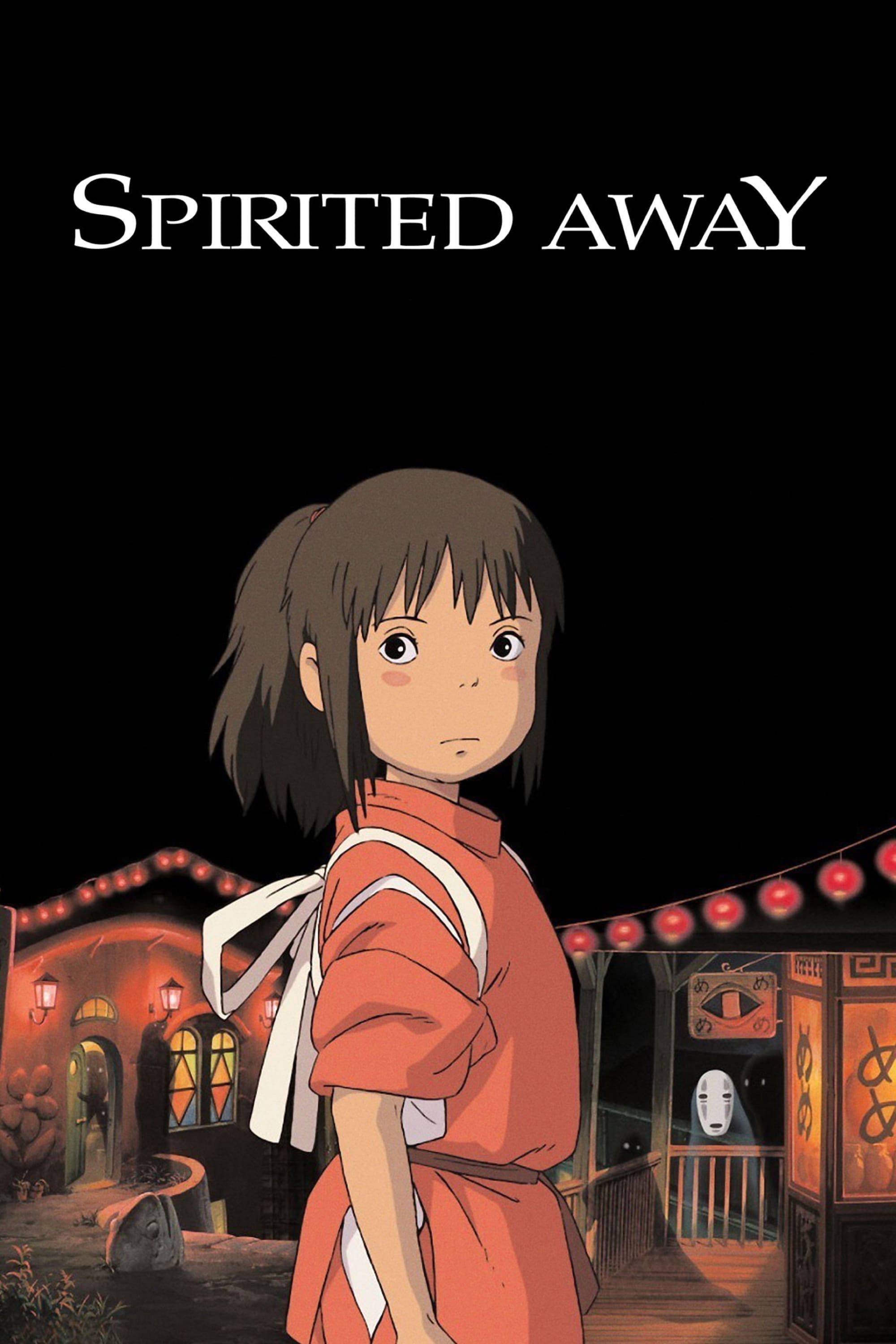
The story begins with a child entering a bathhouse used by spirits and gods to relax and get clean. The film details the unique rules of this place: how spirits are controlled through their names, how they use contracts and tokens to access different services, and how spiritual pollution creates new spirits needing cleansing. We learn about the bathhouse’s economy – the tickets, tips, and special treatments offered to important gods like those of rivers and radishes.
This Studio Ghibli film, directed by Hayao Miyazaki, beautifully portrays a vibrant world of spirits existing alongside modern Japan. It explores the guidelines for traveling between these worlds, the significance of honoring gods who are being forgotten, and how remembering a name can help someone rediscover who they are. The film also shows how these local gods rely on people’s respect and remembrance to stay strong and maintain their power.
‘Princess Mononoke’ (1997)
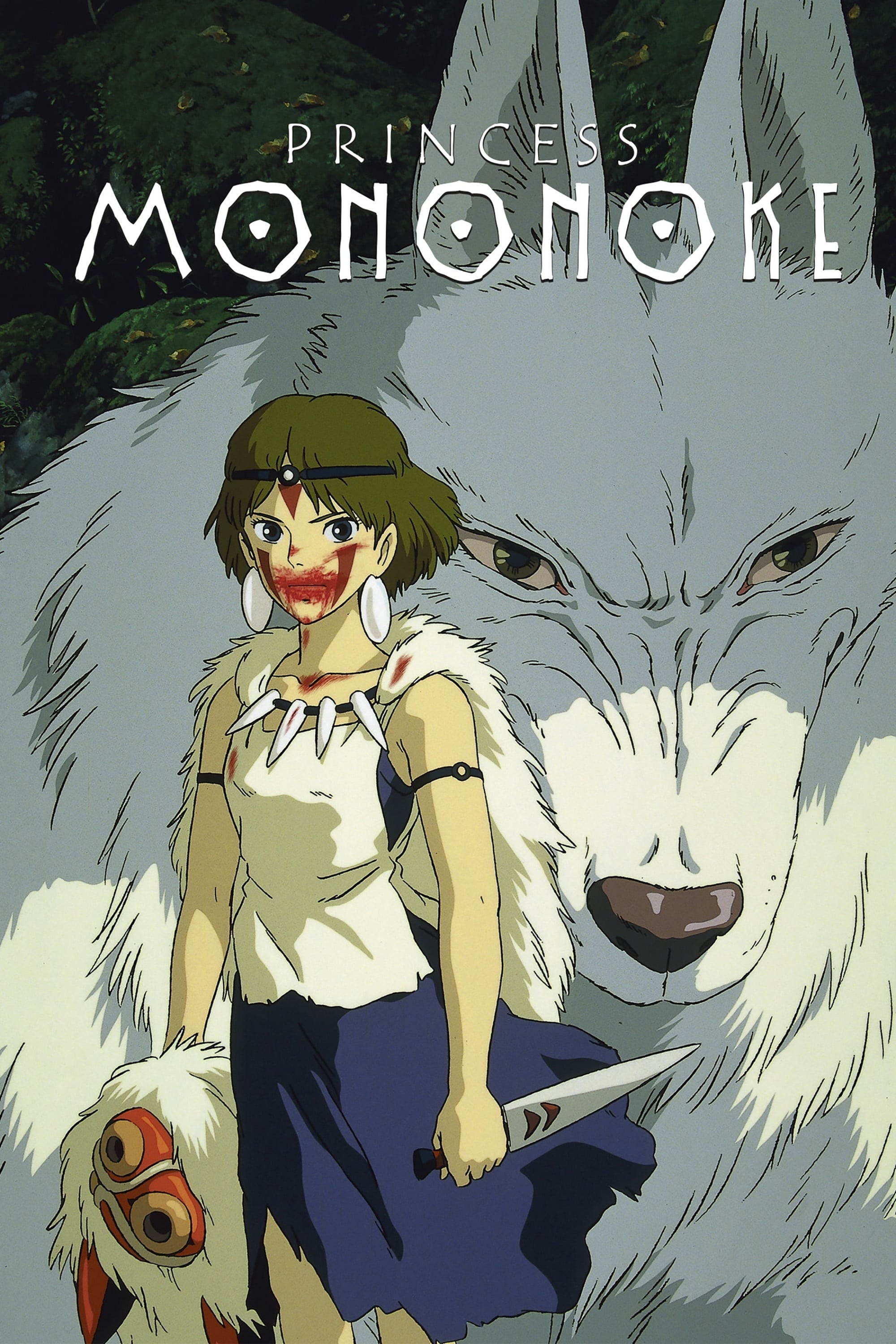
As a film buff, I was completely drawn into this movie’s world – it’s set in a place where ancient forest gods are at odds with a growing settlement of people who work with iron. It really builds out this incredible mythology, introducing powerful spirits like the Forest Spirit, and even clan leaders who are boars and wolves! What’s fascinating is how curses work – they’re tied to both corrupted iron and deep-seated hatred. The story carefully lays out all the important locations, old agreements, and how everything is delicately balanced to prevent a total war between the gods, the animal clans, and humanity. It’s a really immersive experience!
Studio Ghibli films often explore themes of reverence and respect for the natural world, showing how gods and spirits are born, die, and are reborn. They also depict how harming nature – through things like resource extraction – impacts these spiritual beings, and how the introduction of modern weapons disrupts the ancient balance between humans and the divine.
‘Kamichu!’ (2005)

This series follows a middle schooler who unexpectedly becomes a goddess and has to figure out what that means. It explores how she gains followers, helps people by offering blessings for their problems, and manages a local shrine. The story details the traditions behind festivals, fortune telling, and how to respectfully interact with different kinds of gods – from household spirits to those of the sea.
This anime, created by Tomonori Ochikoshi, Kazuya Tsurumaki, and Masayuki Yoshihara at Brain’s Base, offers a unique look at local gods – including deities of poverty, electricity, and even ships. It details what shrine caretakers do, how they balance school with their divine duties, and how they respond to requests from the town’s people.
‘Cautious Hero: The Hero Is Overpowered but Overly Cautious’ (2019)
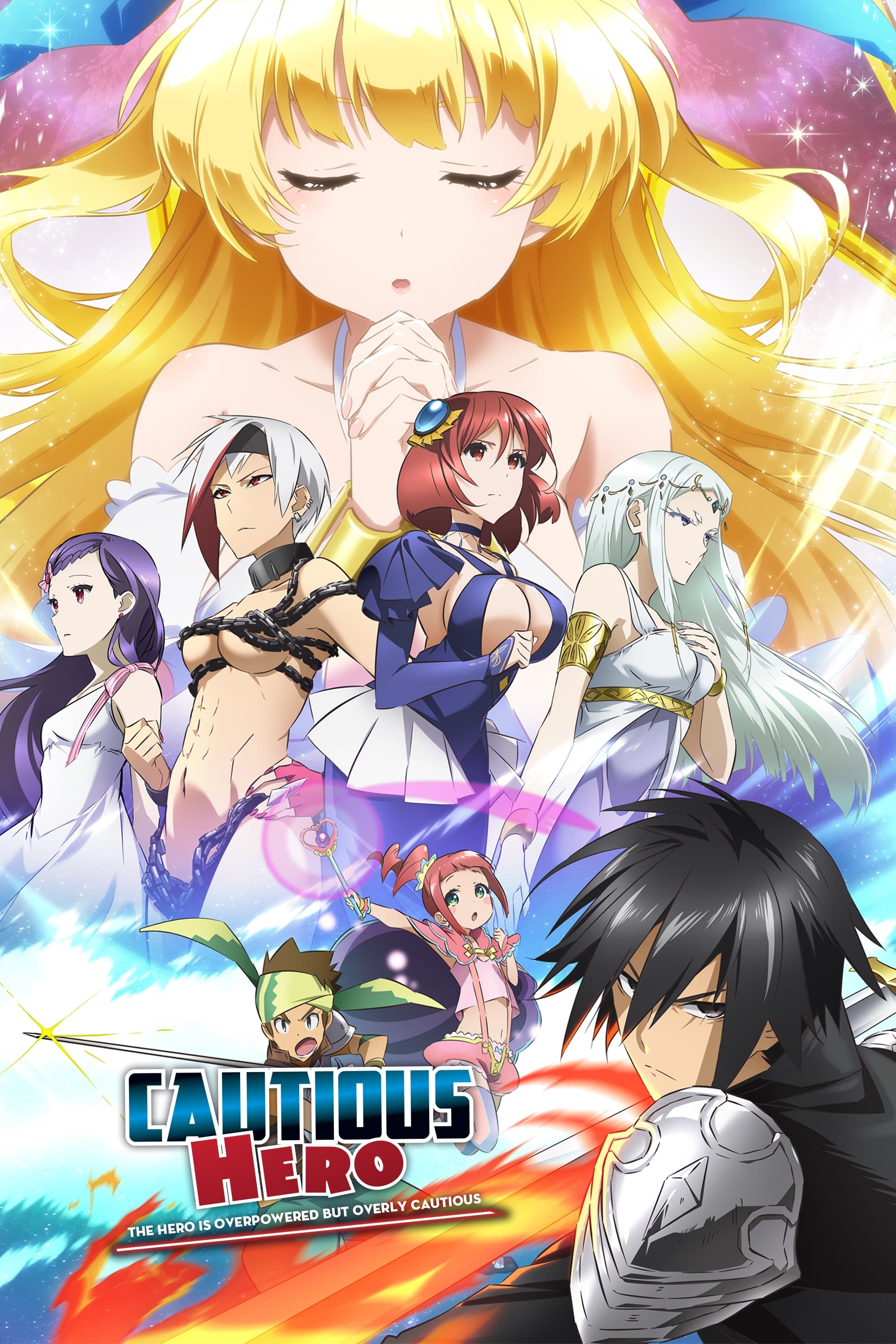
As a fantasy fan, I’m really intrigued by this premise! Basically, a goddess pulls a hero into a super challenging world and then acts as his manager, guiding his training and sending him on missions. The show has this cool system where gods are part of a ‘divine guild’ that ranks worlds by how dangerous they are. They then match gods with heroes who have the right skills. There are even rules about *how* they can help – like needing permits to summon heroes, limits on how often they can use their powers, and a strict ‘hands-off’ policy when it comes to directly messing with the world itself. It’s a really clever setup!
White Fox created an anime based on Light Tuchihi’s novels. The show focuses on the detailed preparations heroes make for their quests – things like checking stats, crafting items, and getting ready for challenges. It also explores what happens when gods break the rules, including punishments and how they handle assigning tasks to each other. Essentially, it’s a look behind the scenes at both the heroes’ adventures and the gods who oversee them.
‘Sunday Without God’ (2013)
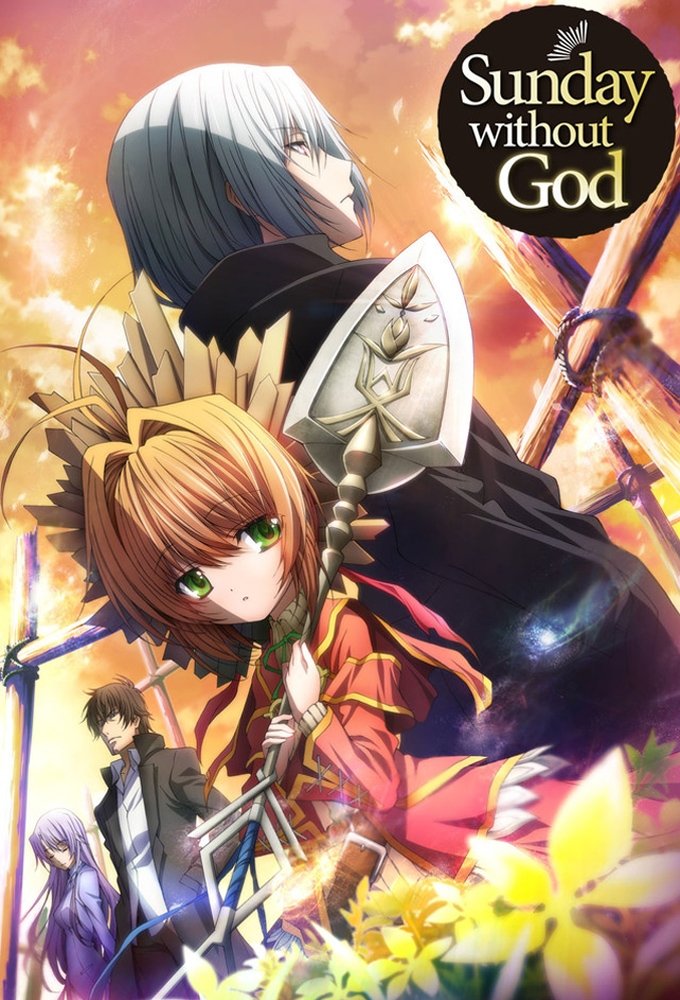
In a world without natural birth or death, the story follows Gravekeepers – those responsible for ensuring the deceased find peace. The series explores how society changes after the gods stop intervening, showing towns stuck in time and the new rules communities must create to survive.
This anime, created by Madhouse and adapted from Kimihito Irie’s novels, explores a world where death is different. It details the rituals surrounding death, how special areas are created, and the power of ancient artifacts that bend the rules of nature. The story also shows how society handles things like controlling the population, travel, and schooling when traditional beliefs about death and the gods have faded.
‘Tales of Zestiria the X’ (2016–2017)
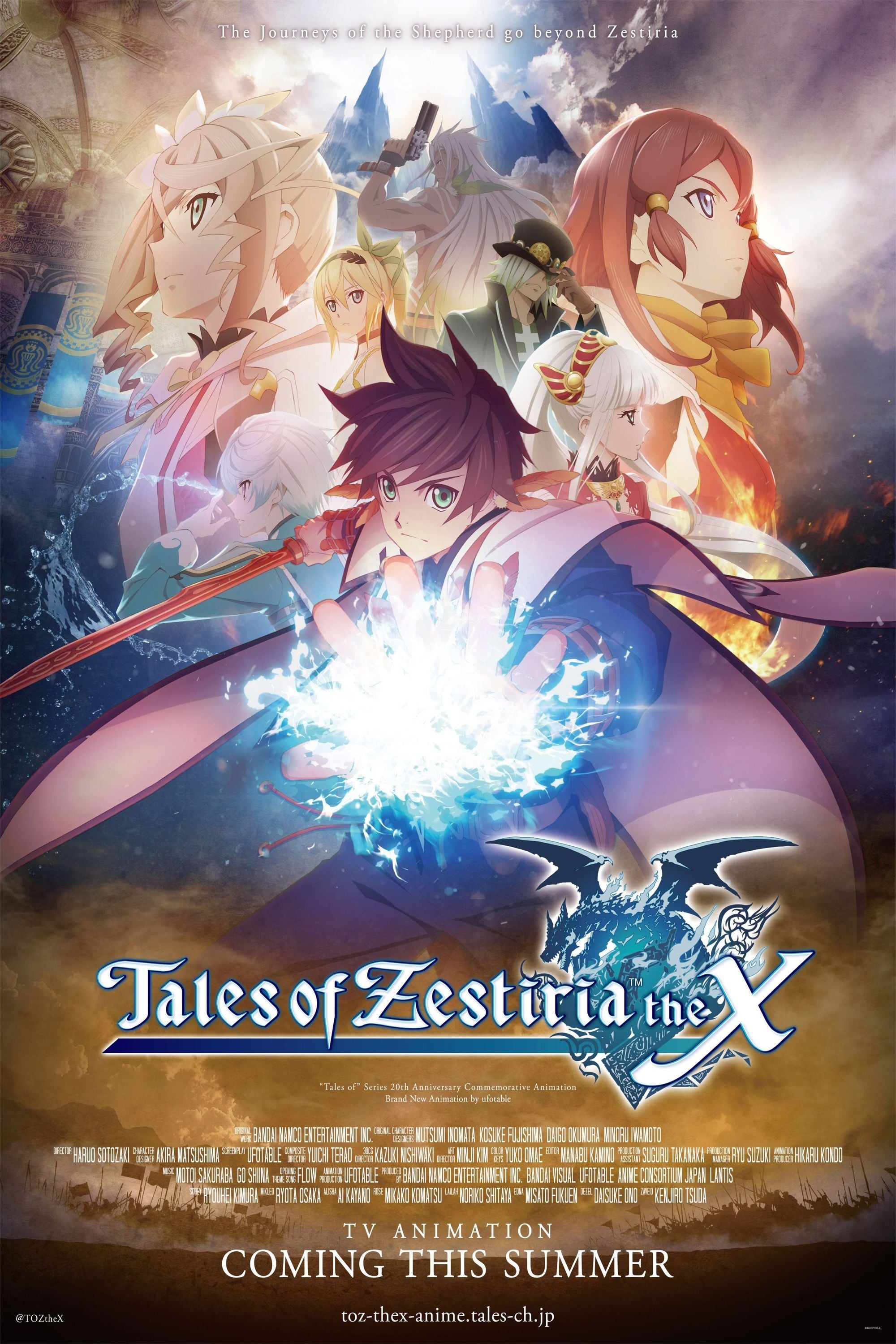
This fantasy series centers around Seraphim – powerful, spiritual beings similar to minor gods – who team up with humans called Shepherds to fight evil. The story introduces ‘resonance,’ which is the ability to see Seraphim, and the ‘armatus system,’ where a human and a Seraphim merge to gain incredible power. It also details how Seraphim gain strength from specific areas called domains, and how shrines provide regional protection.
Ufotable brought the story to life by drawing from the game and a related series. The anime showcases the system of contracts lords have with villages for protection, the ceremonies to calm dangerous spirits, and the rigorous training needed to maintain a Shepherd’s connection with powerful Seraphim. It also explores the world through travel, political relationships, and the growing darkness that threatens to consume cities.
‘Nagi-Asu: A Lull in the Sea’ (2013–2014)
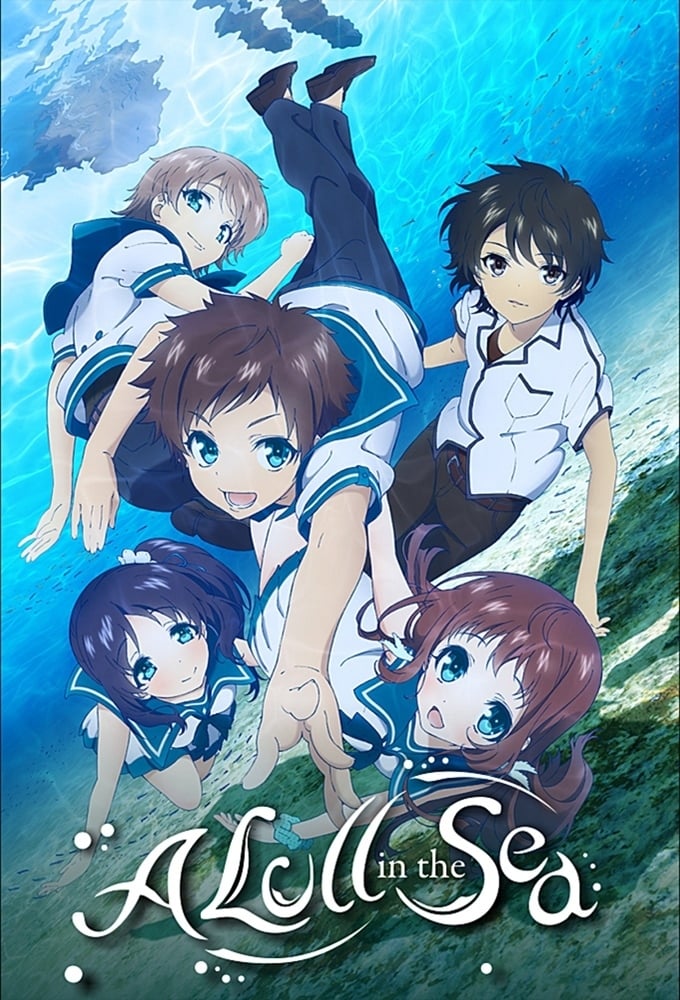
This show follows a coastal town watched over by a powerful sea god. It explores the unique ability of the town’s people to breathe underwater – a trait called Ena – and the traditions they follow to keep the god happy. A key part of the story is the Ofunehiki festival, a special event where people from both the land and the sea come together to strengthen their connection.
The anime, created by P.A. Works, tells the story of how changes to the environment impact the sleep of gods and the customs of people living both in the sea and on land. It explores how ancient stories passed down through generations influence current festivals, and how the gods’ fading presence affects the weather and animal movements.
‘Record of Lodoss War’ (1990–1991)

This animated series takes place in a fantastical world forged by a war between gods. It explores the history of these gods – their powers, the devastation their battles caused, and the magical items they left behind. The story follows how priests now use divine power, and how ancient safeguards are maintained to keep dangerous gods from returning.
The animated series, based on Ryo Mizuno’s books, explores a world shaped by a cataclysmic event, focusing on its kingdoms, religious structures, and the rules for using powerful magical artifacts. It also provides a detailed look at the land of Lodoss, including maps of its regions and a history connected to an ancient goddess whose power still lingers in ancient ruins and predictions about the future.
‘To Your Eternity’ (2021– )
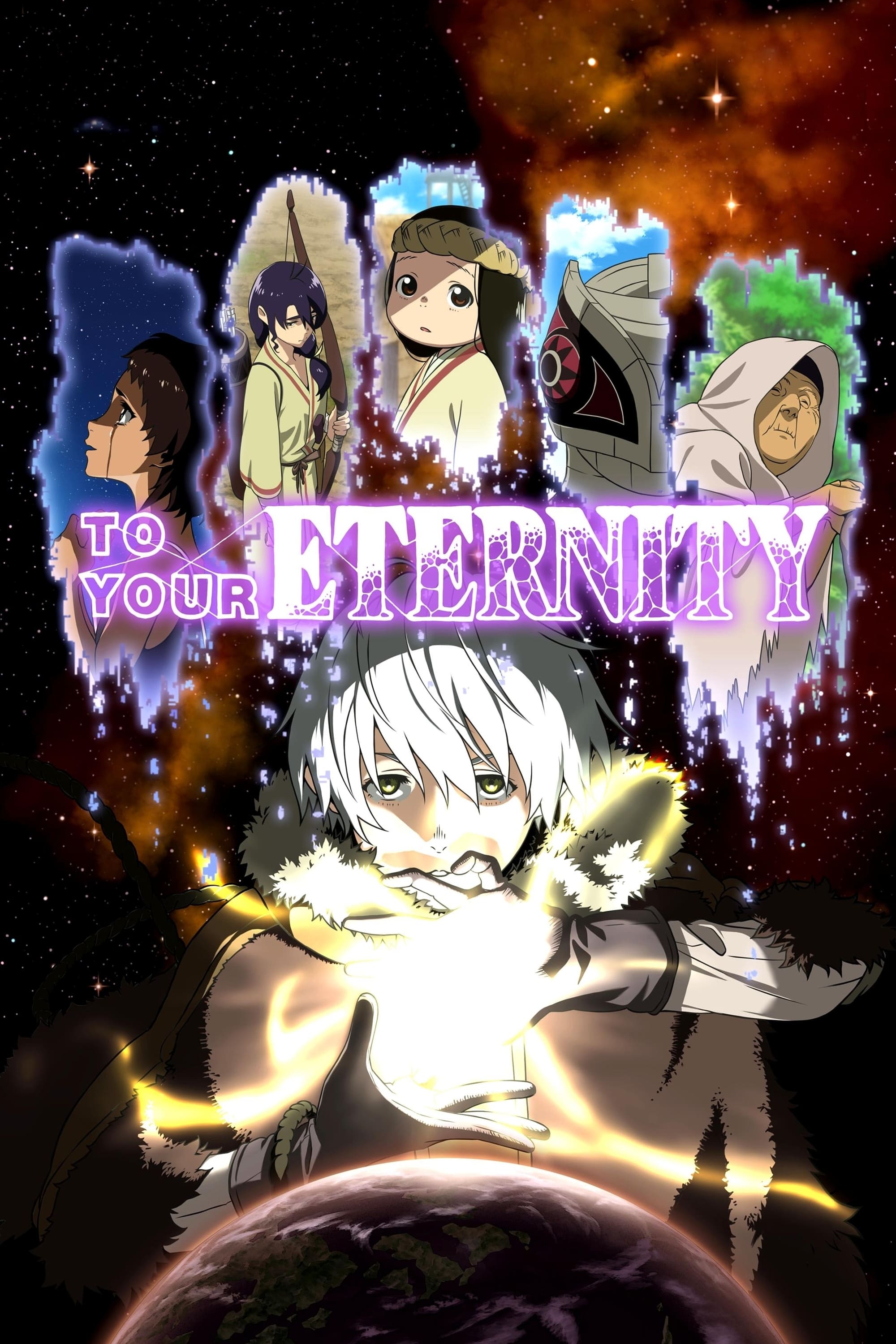
A powerful, alien being sends a sphere to explore and learn about our world, which eventually evolves into a living creature through its interactions. The story reveals the Beholder as a god-like observer, explains the origin of the hostile Nokkers, and details the laws governing memory, physical form, and healing. Ultimately, it explores how the goals of this divine being clash with human connections and emotions.
The anime series, initially produced by Brain’s Base and later Drive, is based on Yoshitoki Oima’s manga. It depicts a world with diverse lands, cultures, and ongoing wars stemming from an experiment by a being called the Beholder. The show explains how people are reborn, the limits of immortality, and how abilities are passed on when allies die. It also explores how society reacts to an immortal wanderer and the methods used to fight off attacks by creatures called Nokker.
‘Spice and Wolf’ (2008–2009)

This story follows a traveling merchant and Holo, a harvest goddess who left her home when people stopped practicing old traditions. The series explores how a local god’s strength relies on seasonal celebrations and gifts, and how agreements with towns establish a god’s responsibilities. It delves into the meaning of wheat, the link between harvests and good fortune, and what happens when a god leaves their community.
This anime, based on novels by Isuna Hasekura and produced by Imagin and Brain’s Base, follows Holo as she travels through human towns and explores their economies. It shows how trade, money, and guilds work, while also examining the relationship between old myths, developing religious organizations, and how traditions change over time.
Share your favorite anime that put gods front and center in the comments.
Read More
- Silver Rate Forecast
- Gold Rate Forecast
- Красный Октябрь акции прогноз. Цена KROT
- Unlocking Text Data with Interpretable Embeddings
- XRP’s Wrapped Adventure: Solana, Ethereum, and a Dash of Drama!
- Navitas: A Director’s Exit and the Market’s Musing
- VUG vs. VOOG: A Kafkaesque Dilemma in Growth ETFs
- Deepfake Drama Alert: Crypto’s New Nemesis Is Your AI Twin! 🧠💸
- SentinelOne’s Sisyphean Siege: A Study in Cybersecurity Hubris
- 2026 Stock Market Predictions: What’s Next?
2025-10-13 04:55